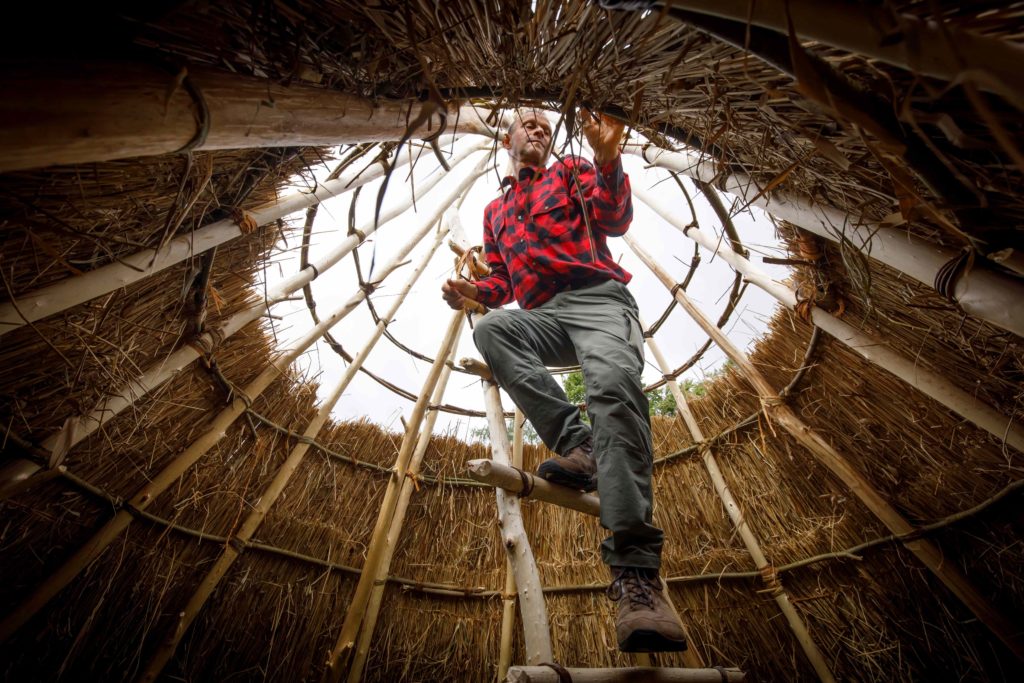
IT took four days for two Dutchmen to build “Britain’s oldest house” in York Museum Gardens, where the Mesolithic Hut will stand until September 1.
Made of reeds, matting and twine, the house design dates from 11,000 years ago, transporting visitors back to life in North Yorkshire in the Mesolithic age, the Middle Stone Age, between the Palaeolithic and the Neolithic.
Teams from York Museums Trust and the University of York have combined with experts in ancient technology and archaeology to build the replica house in front of the Yorkshire Museum, using evidence, techniques and materials, such as stone tools and plant materials, gleaned from the prehistoric archaeological site at Star Carr, five miles south of Scarborough, where the oldest known house in Britain was discovered.
University of York head of archaeology Professor Nicky Milner and postdoctoral research fellow Dr Jess Bates are spearheading the project with specialist craftsman Diederik Pomstra and builder Leo Wolterbeek and support from Dr Adam Parker, curator of archaeology at York Museums Trust, in a project made possible by £10,000 funding from the National Heritage Lottery Fund.
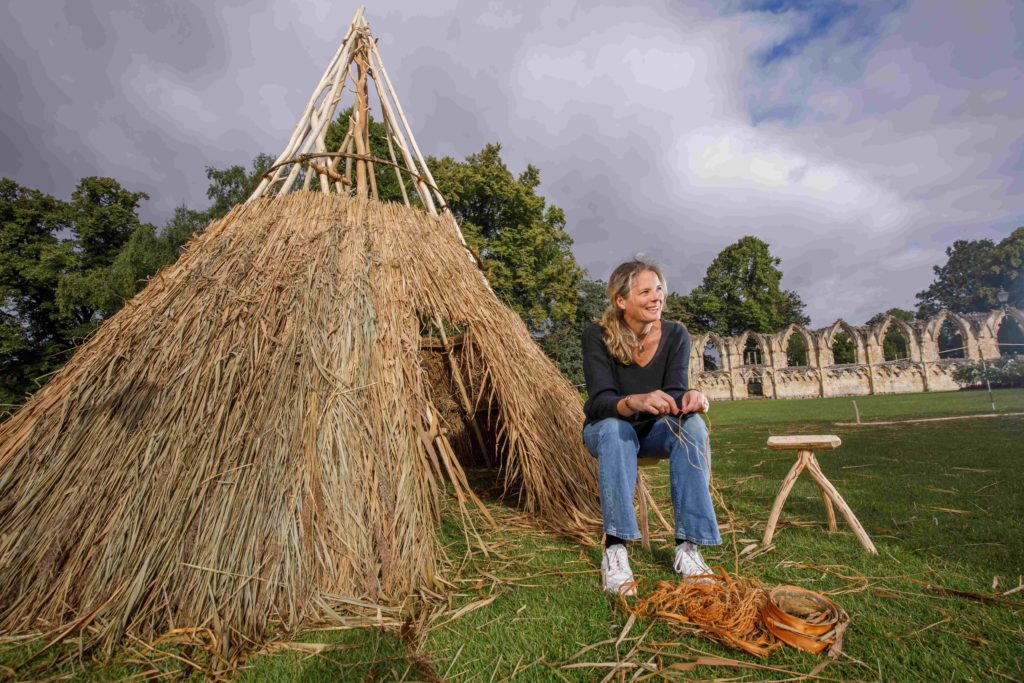
Dr Parker says: “This is an extraordinary opportunity to experience a Mesolithic build, using evidence-based information such as the tools and the resources, much of which we are showing in the Yorkshire Museum.
“Taking our lead from Star Carr, we are able to harness and harvest materials from the environment that will be similar to the components these people utilised all those years ago.
“Displays at the museum includes the original implements and items left behind from the lives that unfolded there. It’s a chance to get to know and understand a relatively unknown period of history in a fun and open way for all ages. Come and see for yourself.”
Professor Milner says: “We invited Diederik and Leo from the Netherlands, who come over once a year to do experimental archaeological work, because they’re really skilled at prehistoric archaeological buildings.
“For example, they know what materials to use to make the twine for fastening. It’s about understanding the natural world and how to make things out of materials and how to make tools out of flint.”
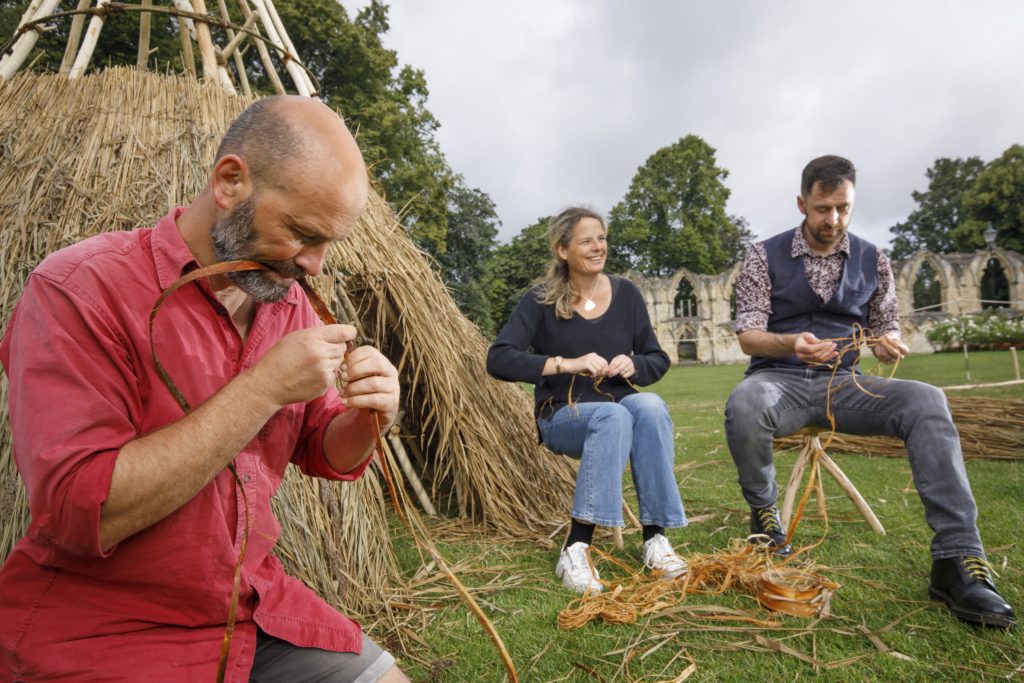
The use of reed for the replica house is derived from the research at Star Carr. “We found post holes and a hollow that signified the oldest house in Britain. The soil there was darker and we can look at that soil with its high organic content, in particular the silica cells from different plants, and some of those looked like reeds,” says Prof Milner. “Star Carr was by the river, so there would have been reeds there.
“Jess [Dr Bates] spent three years doing a PhD looking at the flint finds at Star Carr under a microscope, and from that you can tell what the flint was used for: cutting up meat, processing fish; working with hides, bones, antlers and wood. So we begin to understand the activities in the house.
“We can use science to bring alive evidence. In terms of materials, there was a lot of organic material because the preservation was so good, and from the research we can put together a picture of what life was like; what their skills were.”
Prof Milner continues: “Being an archaeologist is like being a detective, using clues to build the picture, working in our experimental centre, where research gives you more questions to be answered.
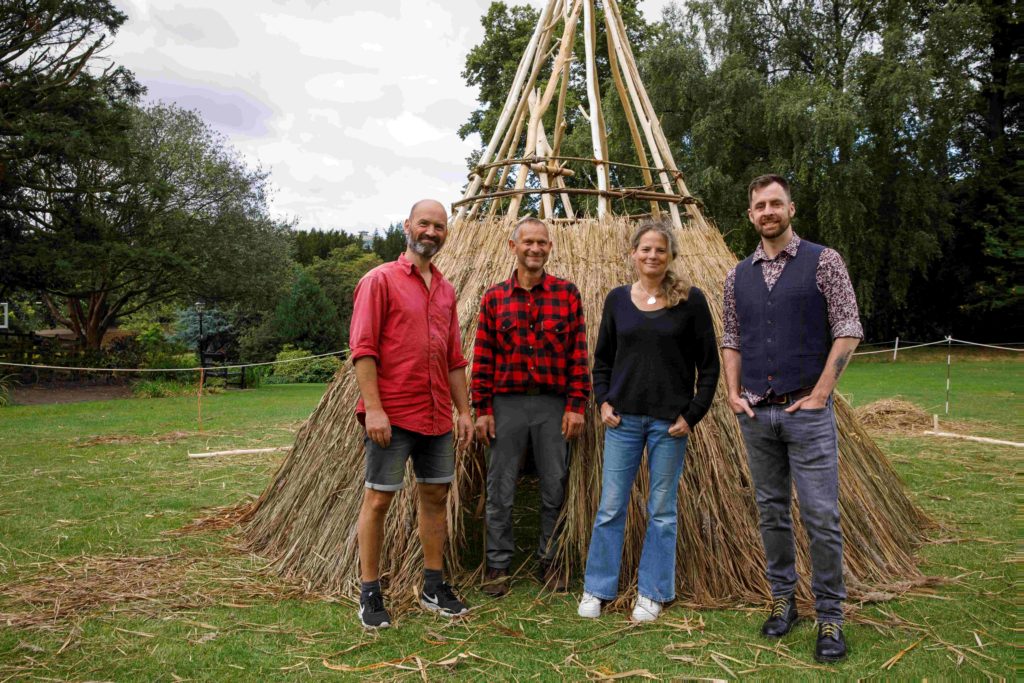
“We have to be honest and say there’s an element of speculation, so we think they used reed to build the house as it was by the river, though we can’t confirm that. They may have used animal skins.”
Prof Milner stresses the importance of the partnership with York Museums Trust, whose Star Carr exhibition, Life After The Ice, at the Yorkshire Museum offers visitors the chance to learn more about the site and see tools, objects and ritual artefacts found there.
“We both want people to know about Star Carr, the house, and how we got to where we are now. I don’t mind if we are speculating because it gives everyone a chance to ask questions about the past,” she says.
“Star Carr was first excavated in the 1940s and became very famous in the archaeological world because of the incredible preservation of the site, but locally people didn’t know about it. I didn’t until I went to university and couldn’t believe it was on my doorstep, where I grew up!
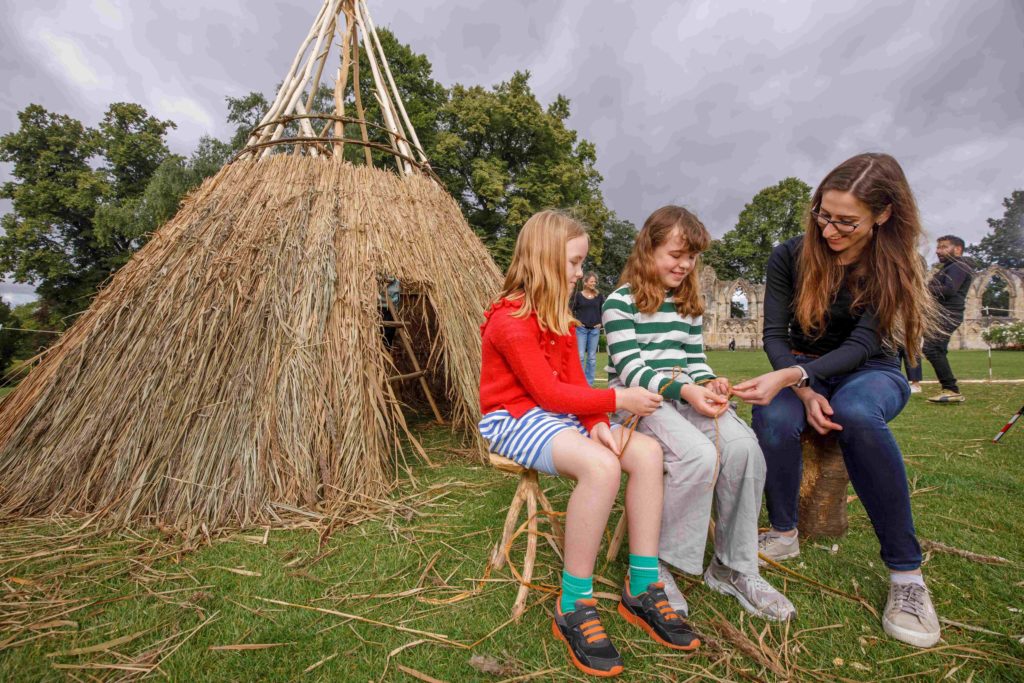
“Since then, it’s been a passion of mine for everyone to learn about it as Star Carr is as important as Stonehenge.”
Dr Parker concurs: “Life After The Ice is our first exhibition after two years of having the Star Carr collection, and this is a Yorkshire collection on display in Yorkshire, informed by research happening in York, telling a story that’s important for us to tell, displaying an archive of international significance, presented in a way that maybe the university couldn’t do.
“This is a project that serves both research and public engagement, and the benefit of what we’re doing this month is that it brings the museum outside, and we hope that by people seeing one, they want to see the other.”
Free activities, such as storytelling with Hoglets Theatre Company and Into Wilderness Bushcraft Adventures, are running in a marquee next to the Mesolithic Hut until September 1, open daily from 10am to 4pm. Participating children must be accompanied by an adult at all times; full details can be found yorkshiremuseum.org.uk.
Access to the Museum Gardens and the Mesolithic build is free; there is a charge for entry to the museum, open 10am to 5pm.
Activities in marquee next to Mesolithic Hut, in front of Yorkshire Museum, Museum Gardens, Museum Street, York
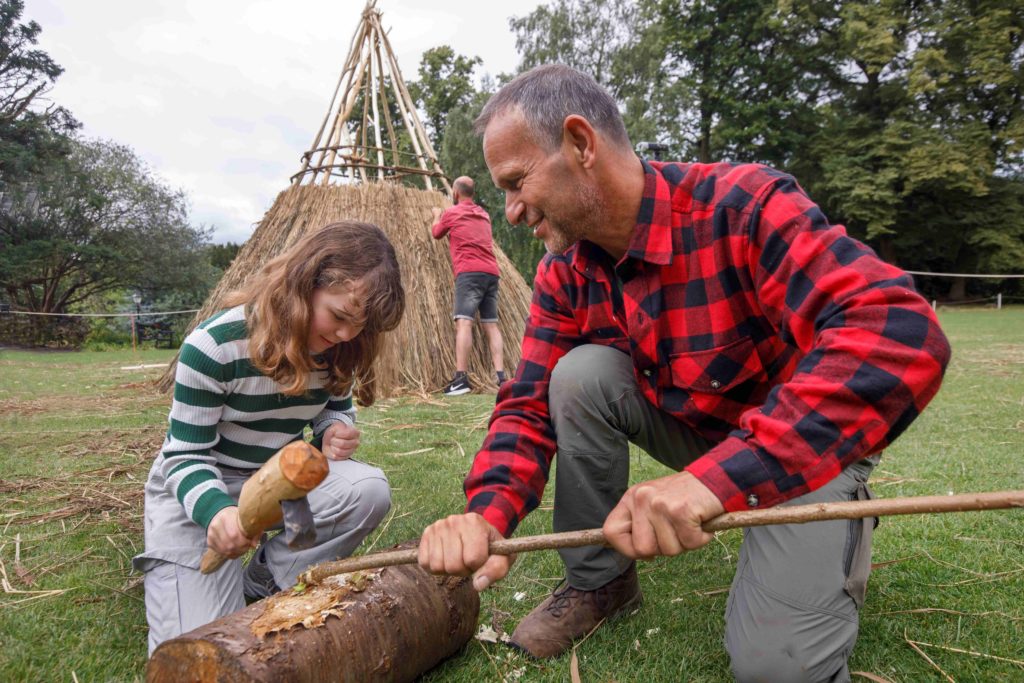
Creative Family Wednesdays: Star Carr Special, August 28, 10.30am to 3.30pm
DROP in anytime – no booking required – for artist-run creative workshops inspired by the Star Carr exhibition, delivered outdoors.
Star Carr Storytelling: August 29, 10.30am to 11.15am; 11.30am to 12.15pm; 2pm to 2.45pm and 3pm to 3.45pm. No need to book.
JOIN Hoglets Theatre, Gemma Curry’s York company, for an adventure into the prehistoric world of Star Carr in these immersive, outdoor story-telling sessions suitable for all the family.
Into Wilderness Bushcraft Adventures, August 30 to September 1,10.30am to 4pm drop-in sessions throughout the day. No booking required.
EXPERIENCE wild Britain from an Aboriginal bushcraft perspective and immerse yourself in the Mesolithic in these hands-on workshops led by the team at Into Wilderness.
In addition, a Star Carr Skills Weekend was held on August 17 and 18, when expert Chris Woodland’s drop-in sessions highlighted Mesolithic craftsmanship, using natural materials, and offered the chance to learn skills needed for everyday life at Star Carr, demonstrating how to turn nettles into twine and shale into decorative pendants.
